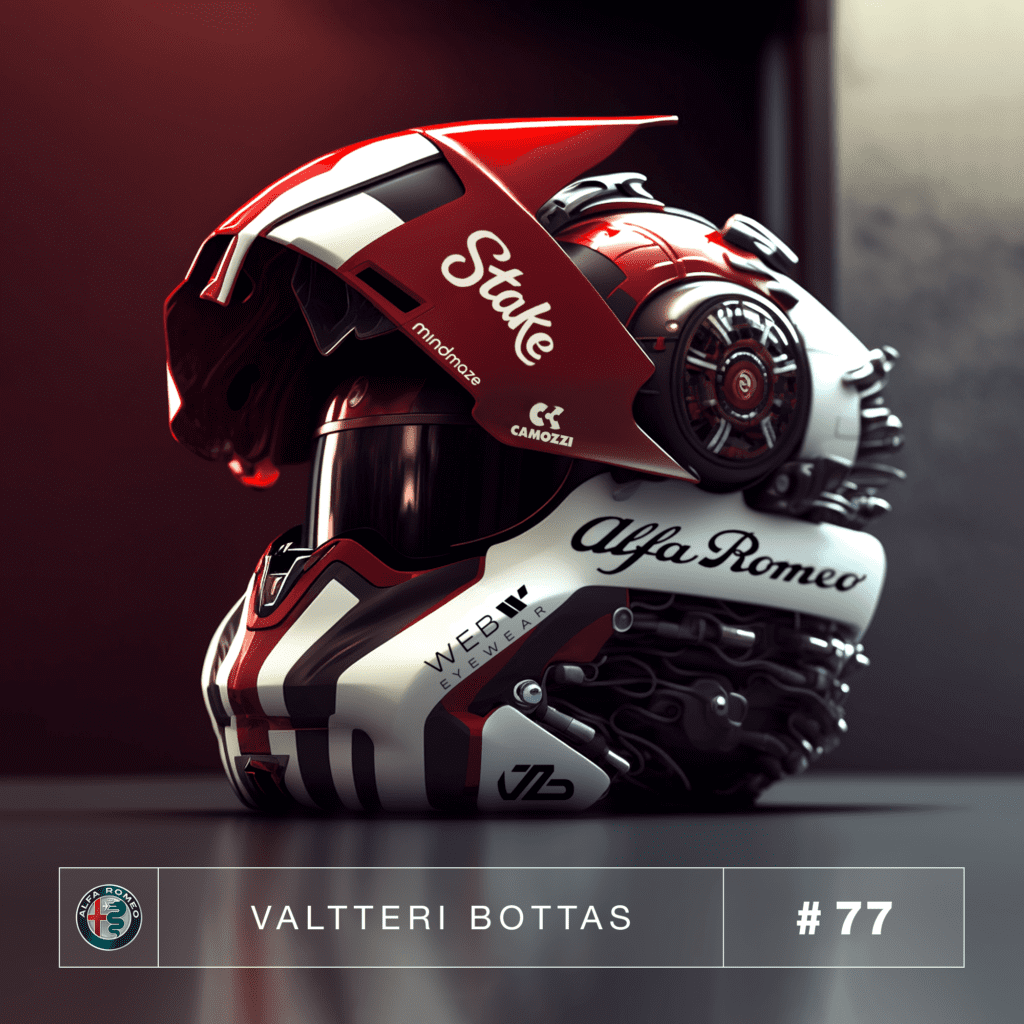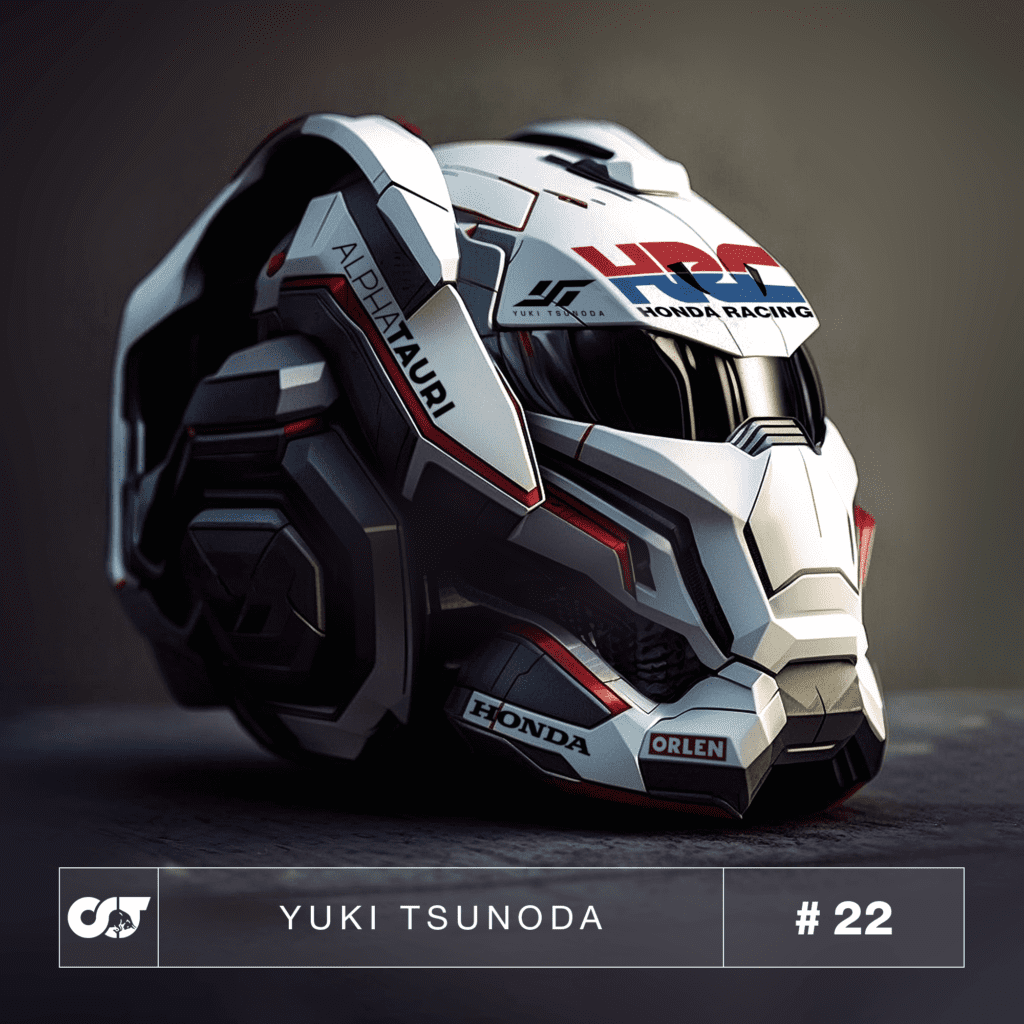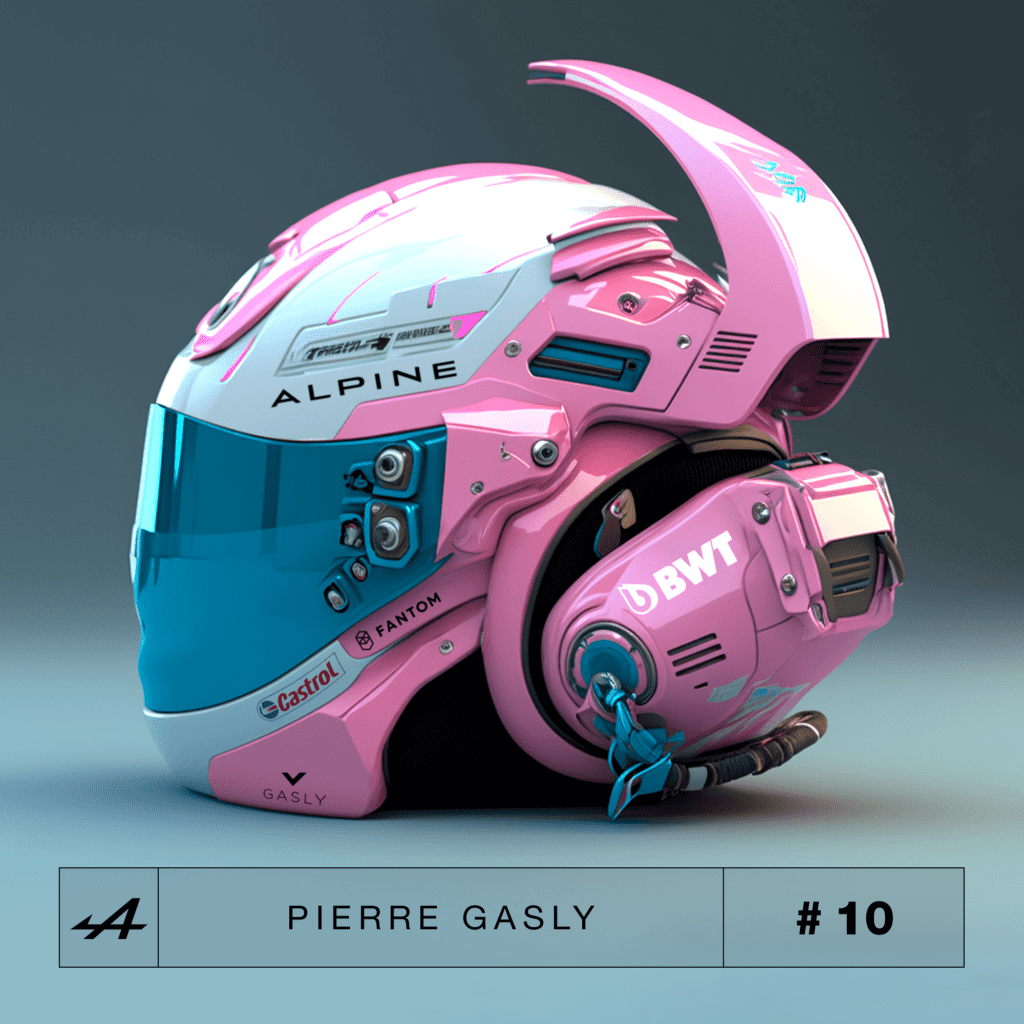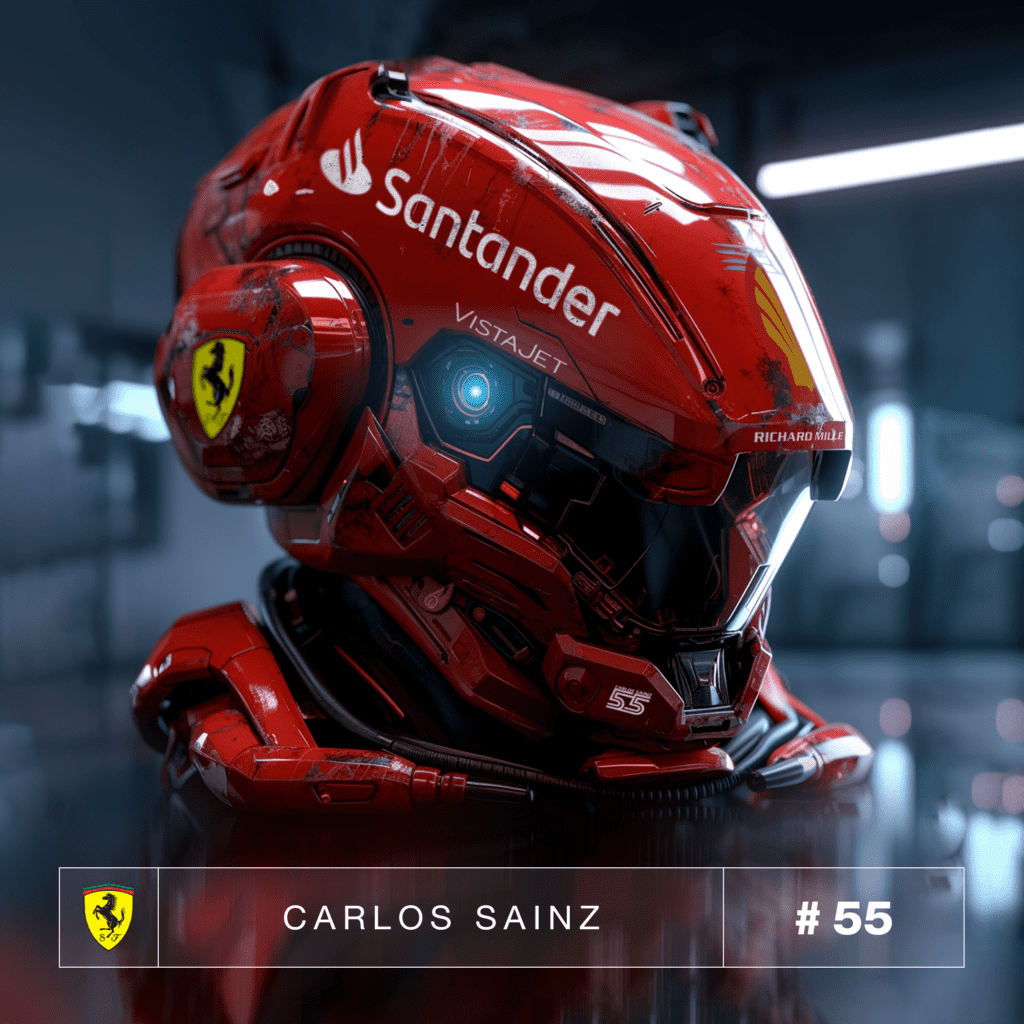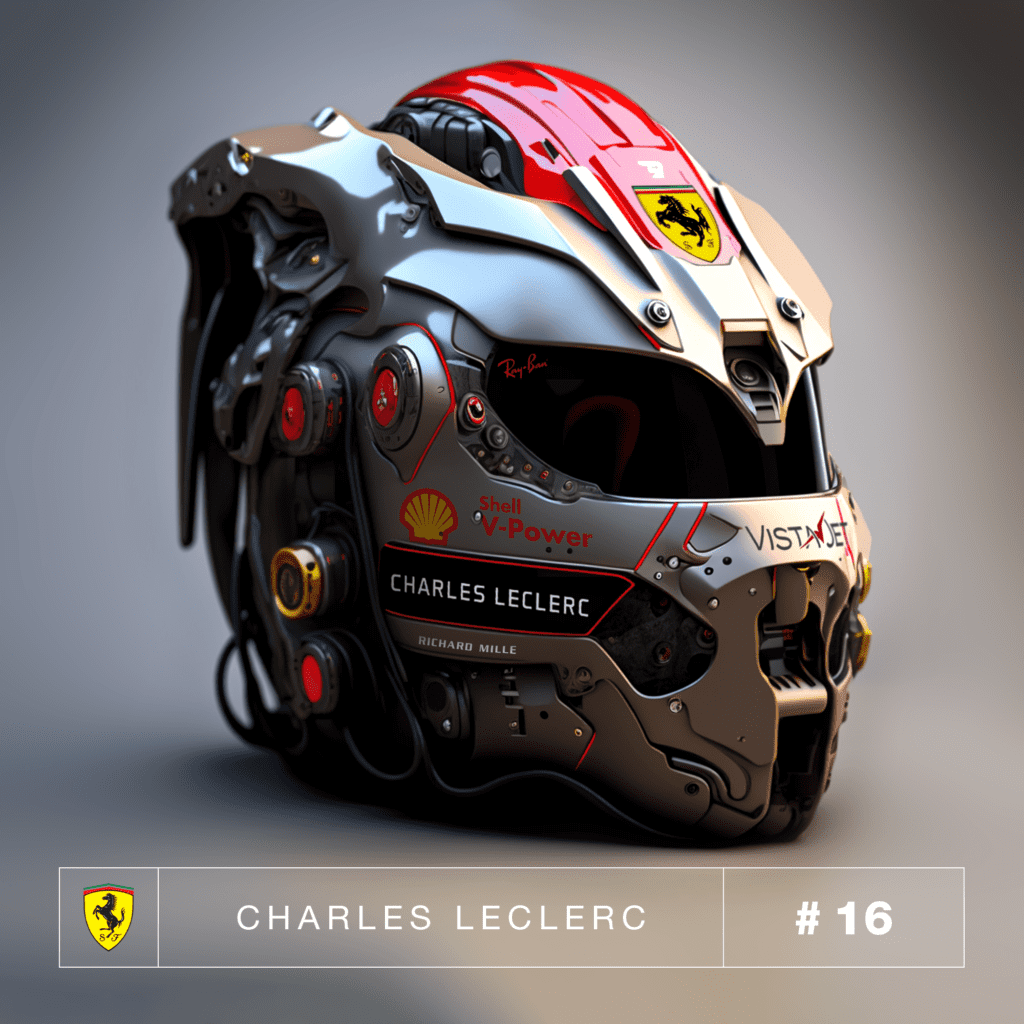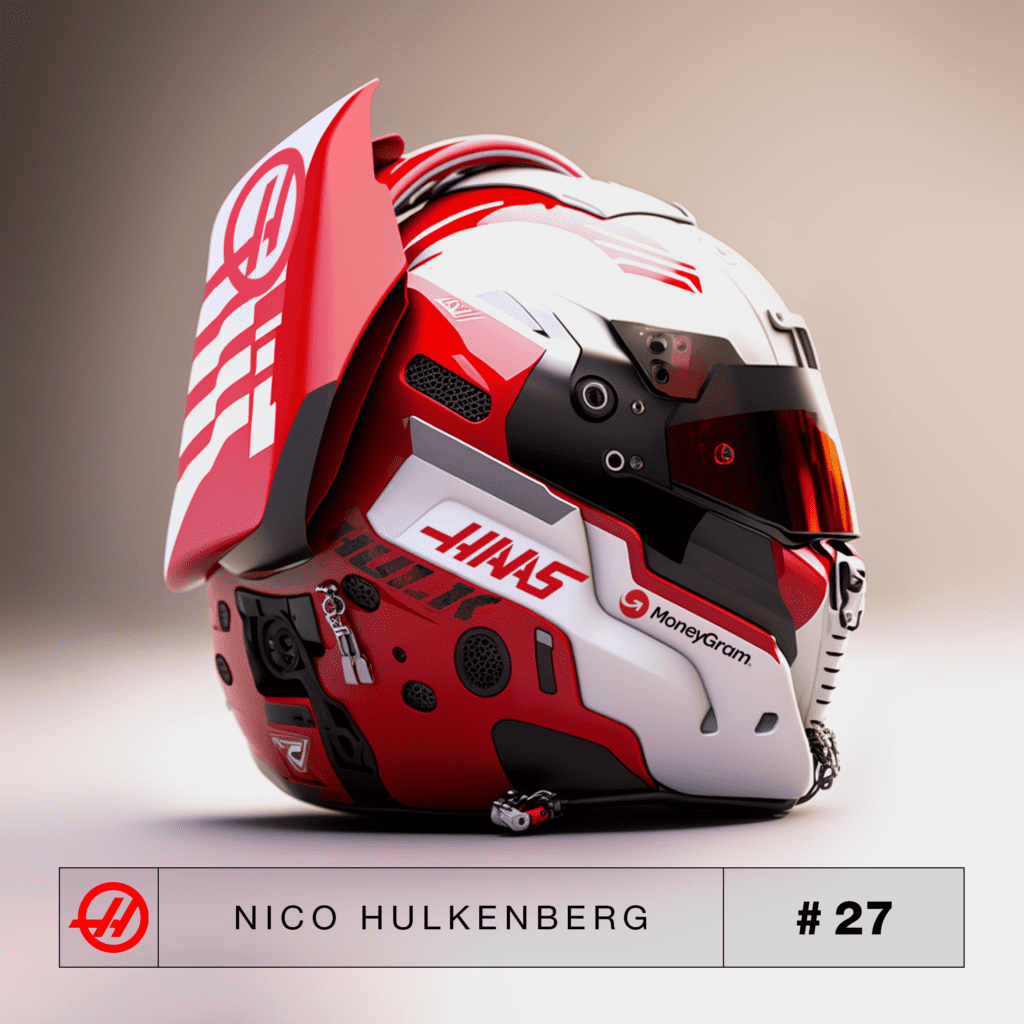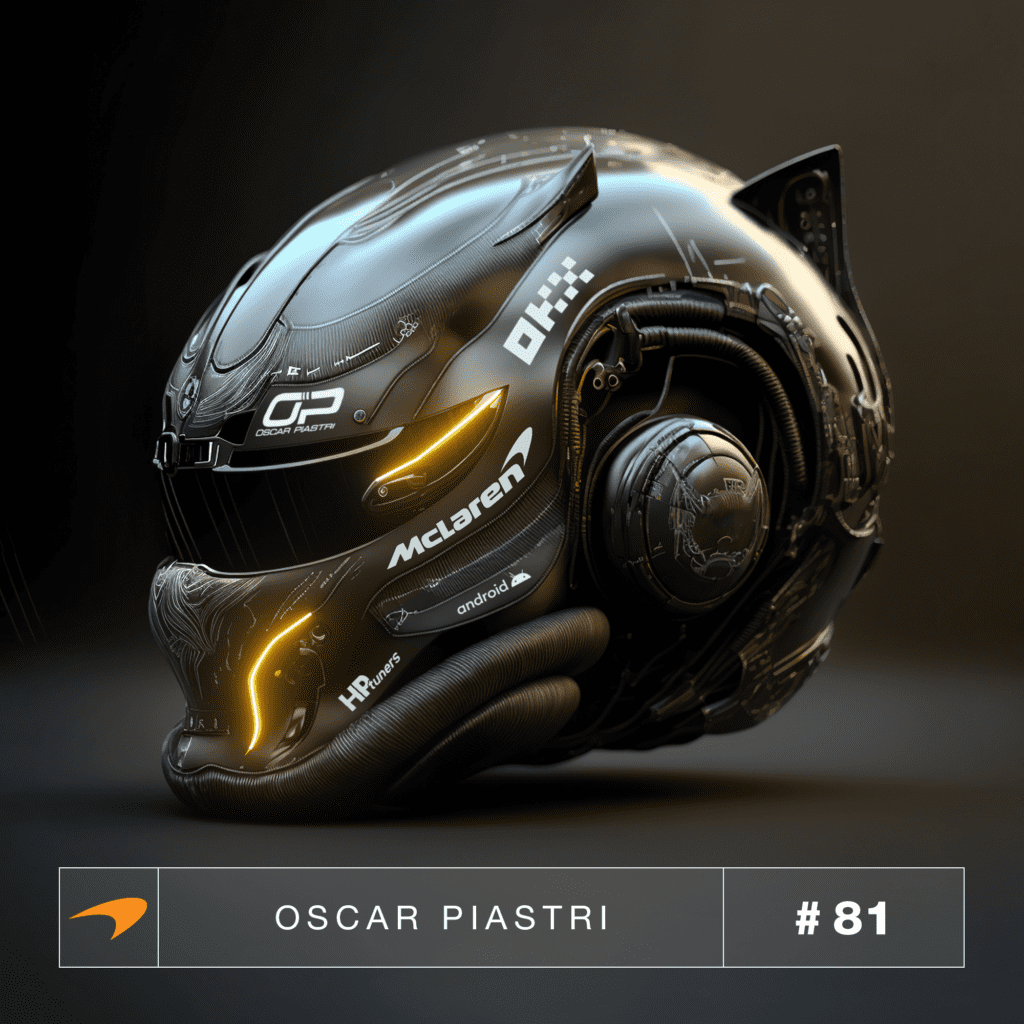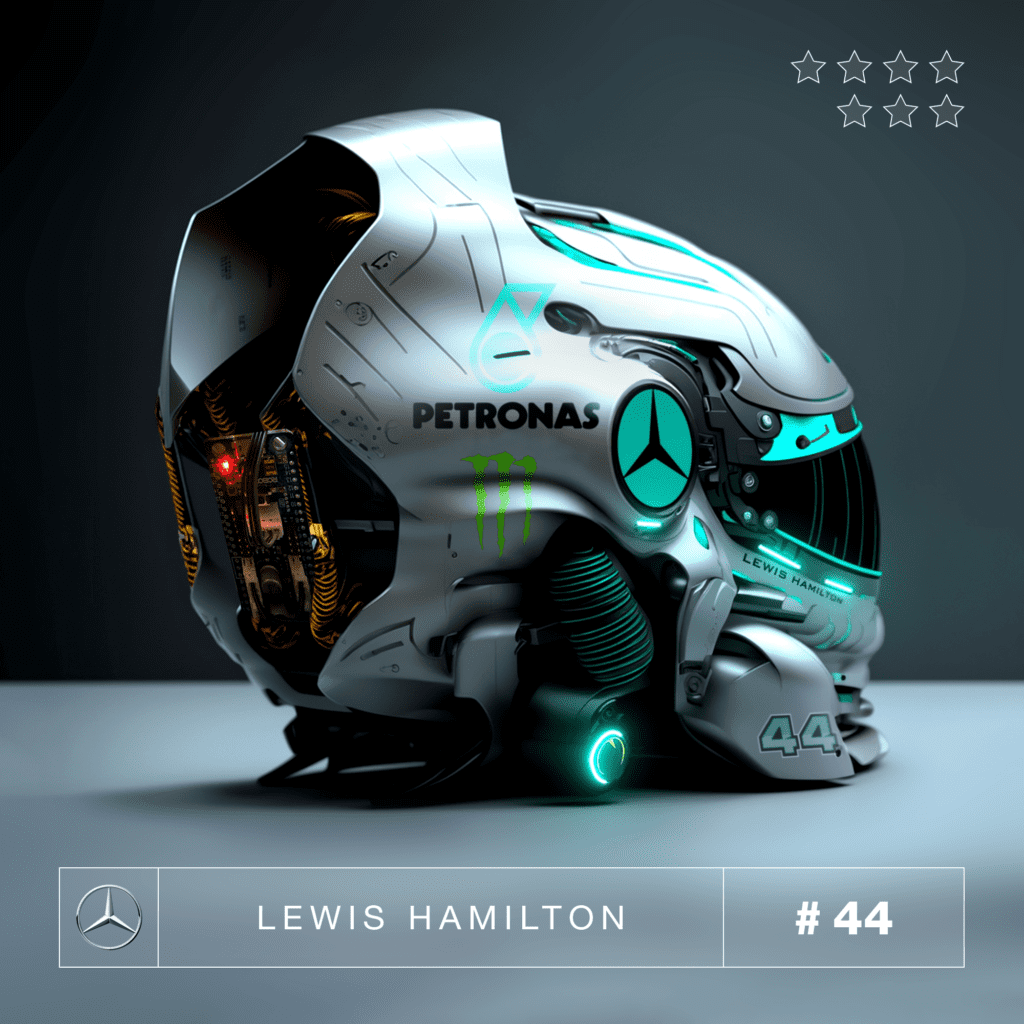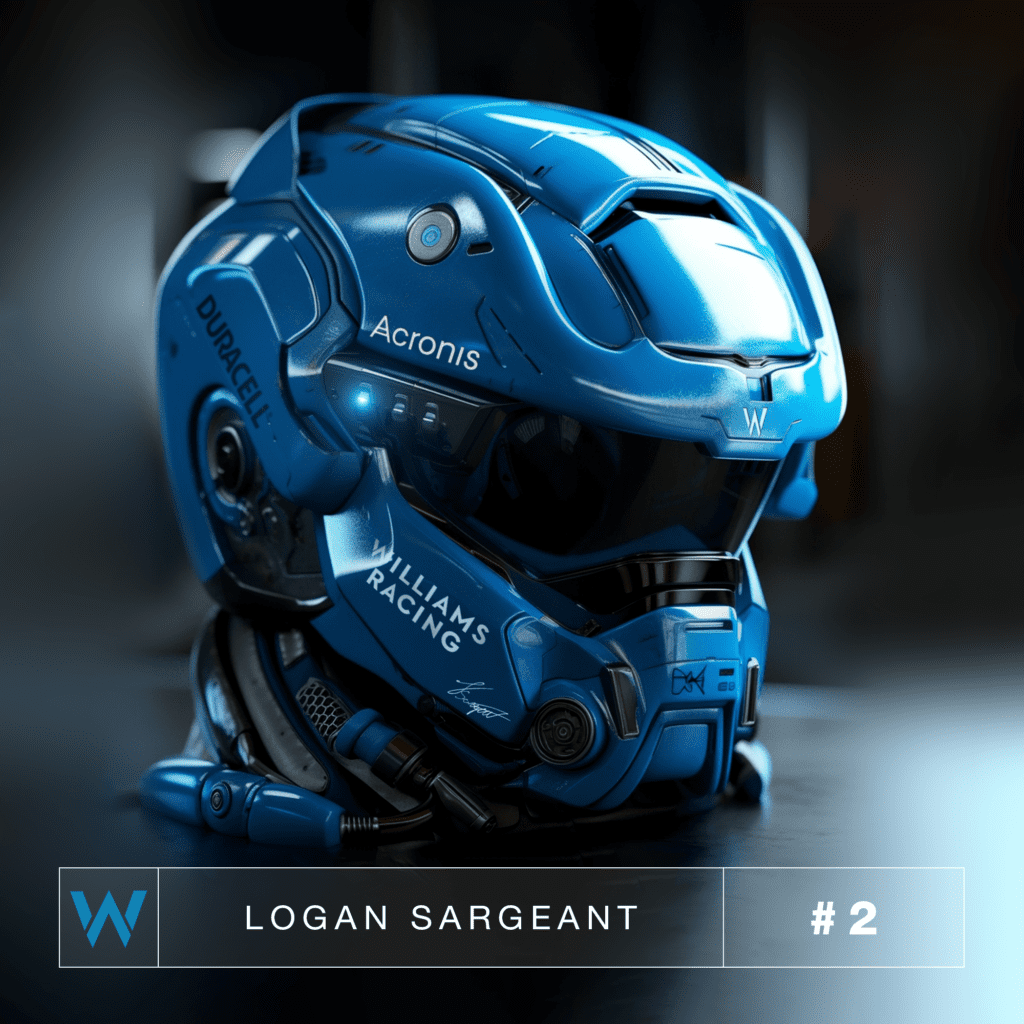From Static to Dynamic: The Evolution of NFTs
Fast Facts:
- Dynamic NFTs are non-fungible tokens that can change and adapt their content over time, offering a unique and interactive user experience.
- These innovative digital assets can incorporate real-time data, interactive elements, or programmable features, adding a new layer of engagement for collectors and enthusiasts.
- The dynamic nature of these NFTs opens up exciting opportunities for artists, creators, and collectors to explore new ways of storytelling and expression.
- They have gained significant attention in the blockchain and crypto communities, with various platforms and marketplaces supporting the creation and trading of dynamic NFTs.
- With their ability to provide ongoing value and engagement, dynamic NFTs are poised to shape the future of digital art and redefine the relationship between creators and their audience.
In the ever-evolving landscape of digital art, a new frontier has emerged, transforming the way we perceive and engage with non-fungible tokens (NFTs). Dynamic NFTs, a groundbreaking innovation, offer a world of possibilities, where art becomes an interactive and ever-evolving experience for collectors and enthusiasts.
The Evolution of NFTs
Dynamic NFTs represent a significant departure from traditional static NFTs, which encapsulate a fixed image or file. With dynamic NFTs, artists can introduce programmable features, real-time data updates, or interactive elements, enabling an ongoing narrative that unfolds over time. For instance, an artist could create a dynamic NFT that showcases changing weather patterns, adapts to the current time zone, or responds to user interactions.
“Dynamic NFTs are revolutionizing the art world, giving artists the ability to tell stories that evolve and engage users in unprecedented ways. It’s a game-changer for the digital art community.”
Exploring New Frontiers
The introduction of dynamic NFTs has sparked a wave of creativity and exploration among artists, who are now empowered to push the boundaries of traditional digital art. By incorporating dynamic elements, artists can create immersive experiences that captivate their audience in unique ways. For example, a dynamic NFT could depict a virtual gallery where users can navigate and interact with various artworks, bringing the gallery experience directly to their screens.


